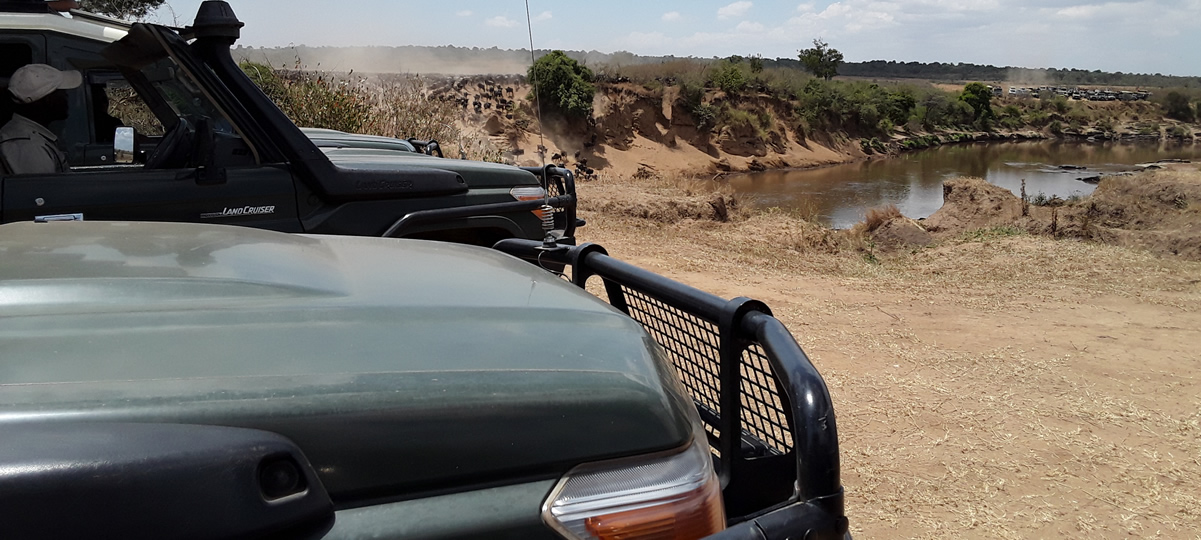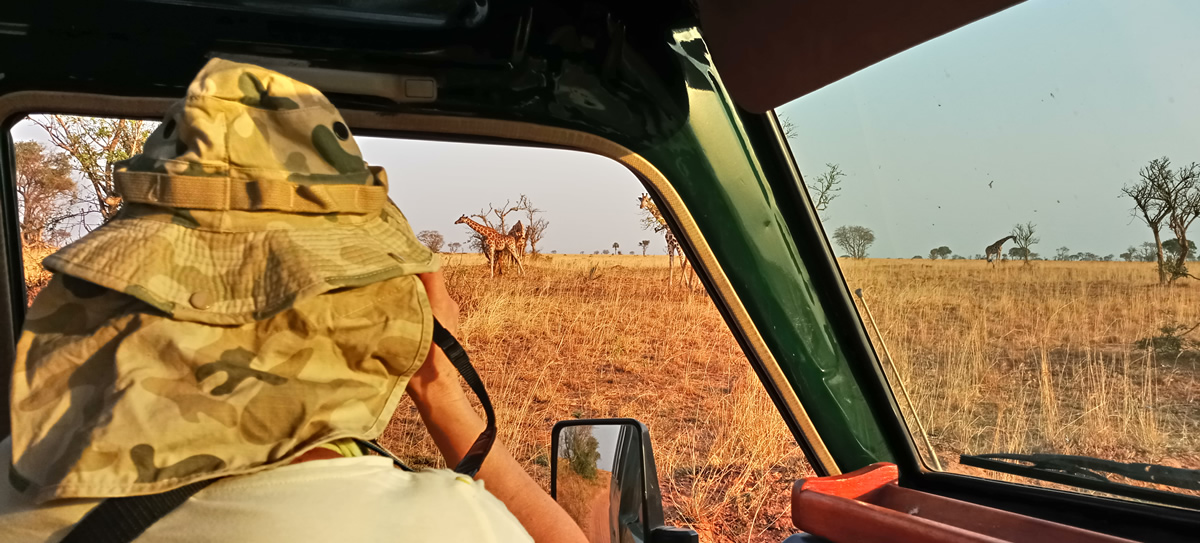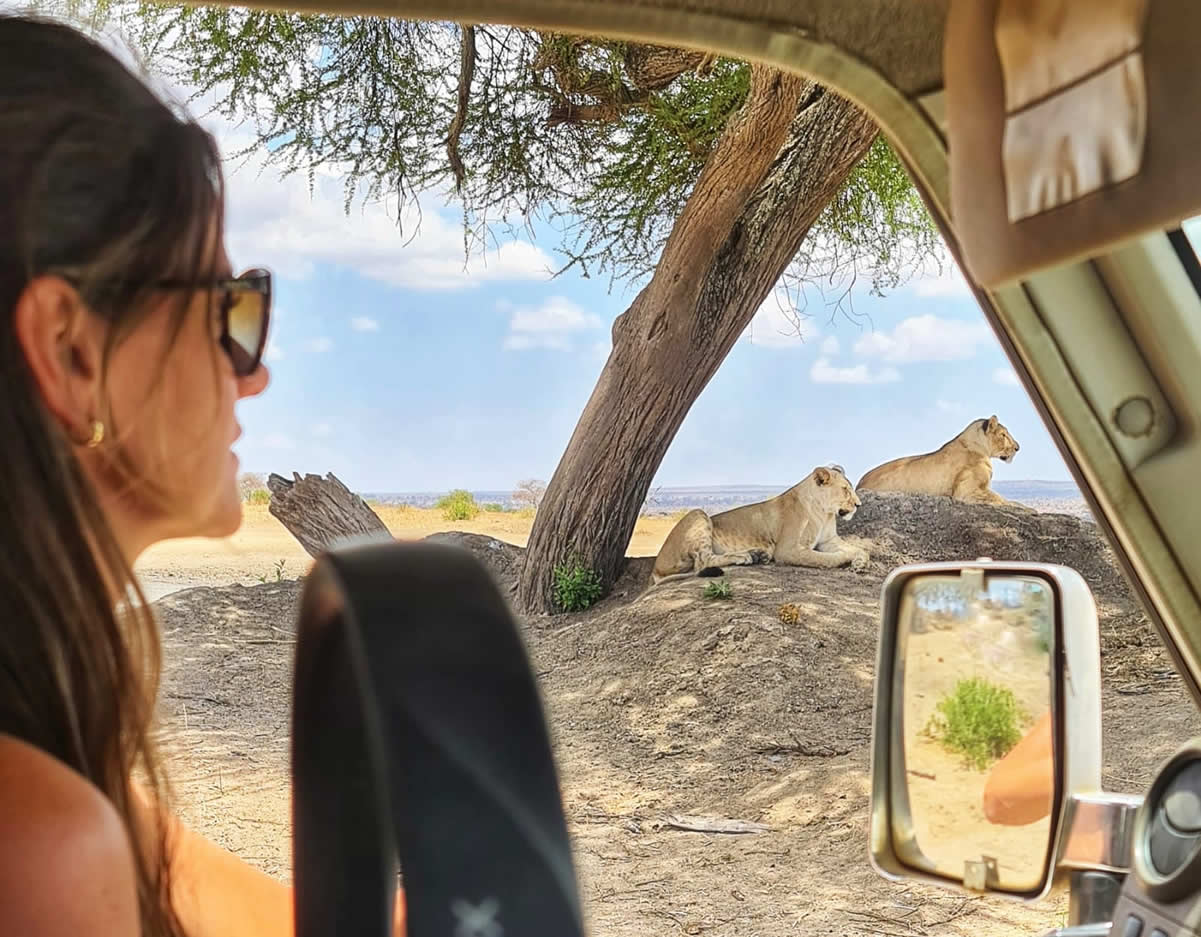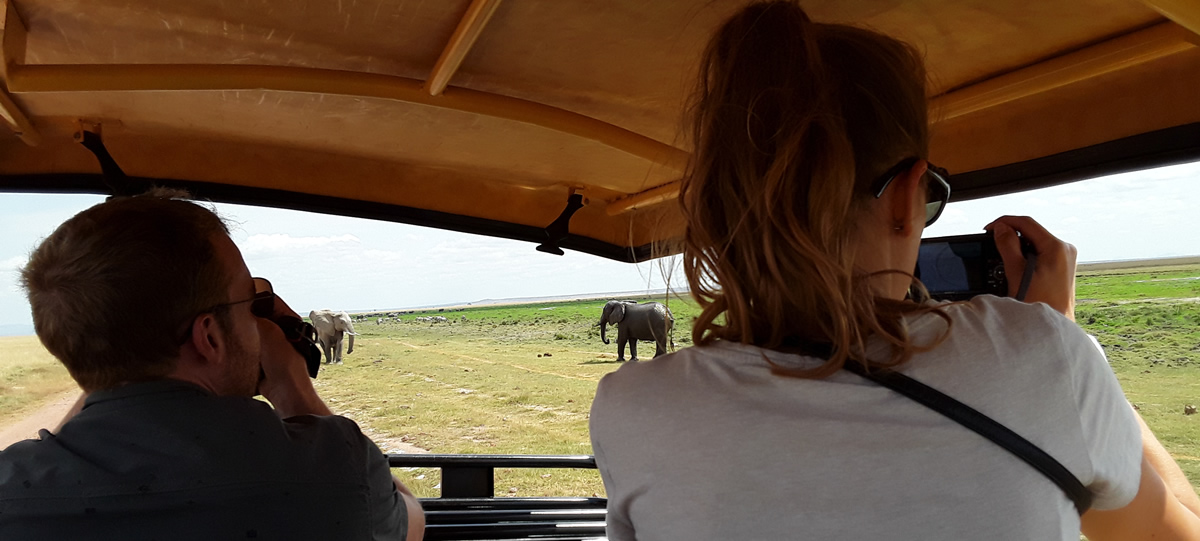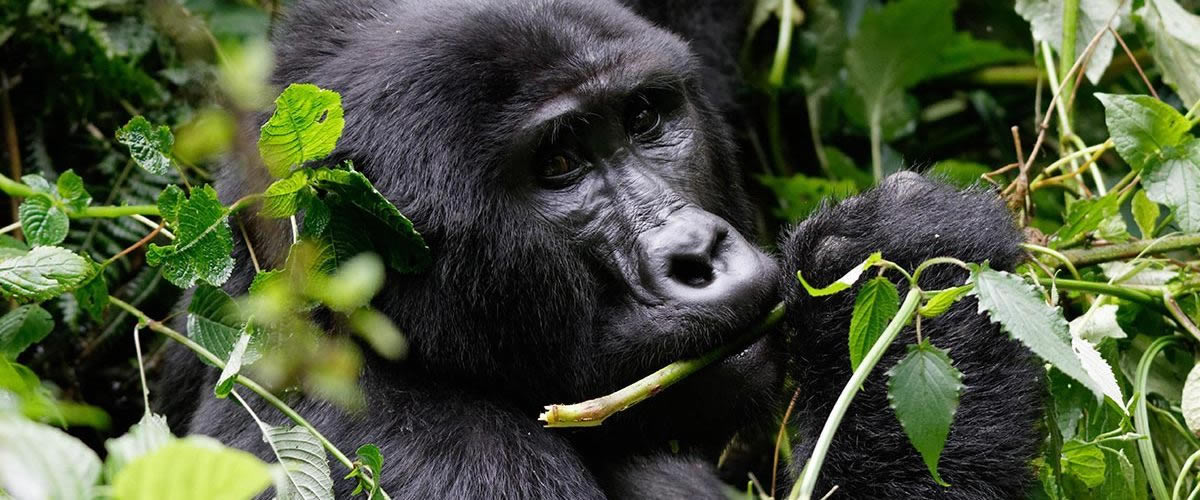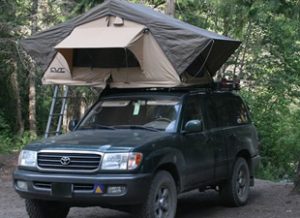Nairobi National Park Complete Guide
Nairobi National Park is a remarkable oasis for wildlife, located only a few kilometers from Kenya’s bustling capital city, Nairobi. Established in 1946, it became Kenya’s first national park and is one of the few protected areas in the world within a city’s boundaries. Covering around 117 square kilometers, the park is a vital conservation area for many endangered species and provides an unmatched experience of viewing wildlife against the backdrop of Nairobi’s skyline. The park’s close proximity to the city makes it a favorite for both residents and visitors looking for a quick escape into nature and offers an easy introduction to Kenya’s diverse wildlife and ecosystems.
Nairobi National Park is well known for its successful rhino sanctuary, protecting the endangered black rhinoceros, and its open grass plains, scattered with acacia bushes. The park’s unique blend of natural landscapes and urban influence makes it a one-of-a-kind destination that bridges the gap between modern urban life and the untamed wilderness of Africa.
Location and Getting To Nairobi National Park
Nairobi National Park is located just 7 kilometers south of Nairobi’s central business district. This prime location allows for a quick commute to the park, making it accessible for short trips and half-day excursions.
Getting to Nairobi National Park:
- By Road: The main entrance to the park is the KWS (Kenya Wildlife Service) Headquarters entrance, easily reachable from downtown Nairobi via Langata Road. The drive takes around 20 minutes, depending on traffic.
- Public Transport: For visitors relying on public transportation, there are matatus (local minibuses) that run along Langata Road, though they drop passengers a short distance from the park entrance. Organized tours from Nairobi are also available.
- By Air: Jomo Kenyatta International Airport (JKIA) is only about 25 minutes away from the park, making it a convenient destination for those on a stopover or with a few spare hours in Nairobi.
Wildlife In Nairobi National Park
Despite its relatively small size, Nairobi National Park is home to a diverse range of animals, making it an excellent location to see a variety of African wildlife without leaving Nairobi.
- The Big Game: The park is famous for its resident populations of lions, leopards, and cheetahs, as well as herds of buffalos and giraffes. Zebras and antelope species such as impalas, gazelles, and hartebeests are common in the grassland areas.
- Rhino Sanctuary: Nairobi National Park is particularly renowned for its successful black rhinoceros sanctuary. With poaching pressures reduced significantly, the sanctuary has allowed black rhino populations to stabilize, offering visitors the rare chance to see these majestic creatures up close.
- Other Mammals: Smaller mammals such as warthogs, baboons, and hyenas are also present. Although rare, visitors may spot a serval or even an aardvark in the park’s more secluded areas.
- Reptiles: Crocodiles and various snake species, including the African rock python, can be found, especially near the park’s wetlands and rivers.
The proximity to the city means that wildlife here is used to vehicles, which often allows for better and closer sightings compared to more remote parks.
Vegetation
Nairobi National Park is characterized by a blend of open grass plains, scattered acacia trees, and riverine forests, each hosting different species adapted to these environments.
- Grasslands: The open savannah grasslands dominate much of the park, creating ideal grazing areas for herbivores such as gazelles, zebras, and giraffes. This landscape also makes it easier to spot predators like lions as they move across the plains.
- Acacia Woodlands: These areas are rich in birdlife and smaller mammals and offer excellent shade for larger animals during the heat of the day.
- Riverine and Highland Dry Forests: The park’s riverine forests grow along the Nairobi River and other water sources, providing a unique habitat for birds and small mammals. These areas also add lushness to the otherwise dry and open landscape of the park.
This diversity in vegetation creates unique mini-ecosystems within the park, supporting a wide range of wildlife and plant species in a relatively small area.
Main Attractions
Nairobi National Park is packed with unique attractions that cater to all interests, from wildlife enthusiasts to photographers and conservation advocates.
- Ivory Burning Site Monument: This site marks where Kenyan authorities famously burned a large stockpile of seized ivory to demonstrate their commitment to fighting poaching. It serves as a powerful symbol of Kenya’s conservation efforts and is a must-see for visitors interested in the park’s conservation message.
- The Rhino Sanctuary: As a secure space for the critically endangered black rhino, this sanctuary offers visitors the chance to observe these rare creatures in a natural but protected setting, often at close range.
- Hippo Pools: Situated along the Nairobi River, these pools provide a reliable habitat for hippos and crocodiles. There is a trail with guided walks available, giving visitors an opportunity to learn more about these river-dwelling animals and the ecosystem that supports them.
- David Sheldrick Wildlife Trust: Located near the park, this renowned elephant orphanage rescues and rehabilitates young elephants, preparing them for release into the wild. Daily public viewings offer a heartwarming and educational experience.
- The Nairobi Safari Walk: This raised boardwalk and trail near the park’s entrance allows visitors to explore three major ecosystems—wetlands, savannah, and forest—on foot, making it ideal for those interested in a closer view of flora and fauna.
Birdlife
Nairobi National Park boasts over 400 bird species, making it a prime location for birdwatchers. The diversity of habitats within the park attracts both resident and migratory species, providing year-round birdwatching opportunities.
- Raptors: Birds of prey, including the martial eagle, crowned eagle, and black-shouldered kite, are common in the park’s open spaces.
- Water Birds: Near the park’s riverine forests and wetlands, visitors can spot water birds like herons, ibises, and kingfishers.
- Rare Species: The Nairobi pipit and the northern pied babbler are among some unique species found in the park.
- Migratory Birds: Between October and April, the park sees an influx of migratory birds from Europe and Asia, adding to the diversity of species sighted during these months.
Must-See Spots and Activities in Nairobi National Park
Visitors can explore Nairobi National Park through various engaging activities that suit different interests and time constraints.
- Game Drives: Game drives are the best way to explore the park’s wildlife-rich areas. Both self-drive and guided options are available, with early morning and late afternoon drives offering the best chances to see predators.
- Birdwatching: The variety of bird species makes the park ideal for birdwatchers, especially near wetlands and along the riverine forests. Early morning visits yield the highest diversity of bird sightings.
- Nature Trails and Picnics: The park’s designated picnic sites provide scenic spots to relax and enjoy the surroundings. The hippo pool walking trails offer a safe, scenic way to observe aquatic animals.
- Photography: With its wide, open plains and the backdrop of Nairobi’s skyline, Nairobi National Park is a photographer’s dream. Sunrise and sunset light create spectacular opportunities for landscape and wildlife photography.
- Visit to David Sheldrick Wildlife Trust: Visitors can attend the daily elephant feeding and bathing session, where they learn about elephant conservation and the process of reintegrating orphaned elephants back into the wild.
Park Rules and Conservation Efforts
Nairobi National Park is managed by the Kenya Wildlife Service (KWS), and rules are strictly enforced to protect the park’s delicate ecosystems and wildlife:
- Stay in Vehicles: To ensure both visitor safety and minimal disturbance to animals, visitors are required to stay inside vehicles during game drives.
- Respect Wildlife: Approaching or feeding animals is strictly prohibited, as it disrupts their natural behavior and can pose health risks.
- No Littering: Waste must be disposed of responsibly to prevent pollution and protect animals from consuming harmful items.
- Photography: Flash photography is discouraged when photographing nocturnal animals.
The park’s proximity to an urban area makes it susceptible to human-wildlife conflicts, but conservation efforts are in place to mitigate these impacts. Key conservation activities include:
- Rhino Sanctuary: The rhino sanctuary is a high-security area, strictly monitored to protect rhinos from poaching.
- Community Engagement: The KWS and other organizations work closely with local communities to educate and involve them in conservation efforts, reducing conflicts and promoting sustainable practices.
- Environmental Education: Nairobi National Park serves as an outdoor classroom for schools and conservation programs, helping to instill a respect for nature among younger generations.
Conclusion
Nairobi National Park offers a unique blend of wildlife and urban landscapes, providing an unforgettable experience that’s accessible for travelers and residents alike. From the endangered black rhino sanctuary to the hippo pools and bird watching opportunities, the park delivers a rich tapestry of African wildlife. By enforcing strict rules and focusing on conservation, Nairobi National Park continues to serve as a critical sanctuary for endangered species and an inspiration for urban conservation worldwide.
Available Fleets for Rental to Nairobi Safari
Get the best deals on how to book a car rental on self-drive or with driver to Nairobi National Park at the most affordable price from Self Drive Kenya.

